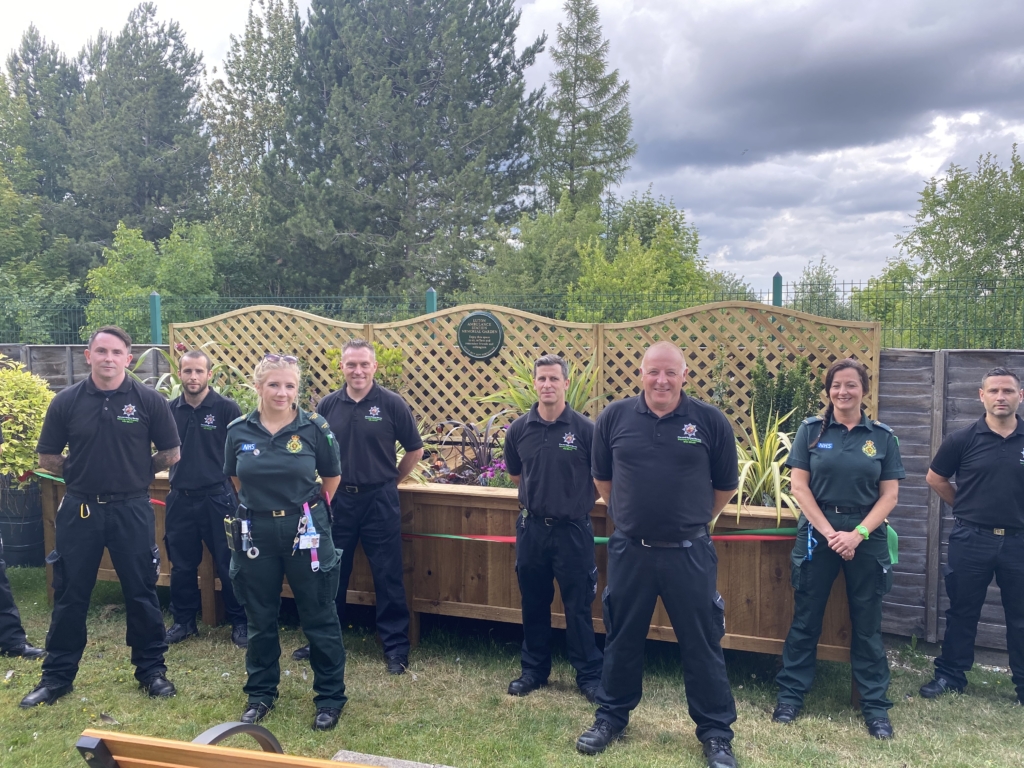Chief Hails Ambulance Service Response During Coronavirus Pandemic
https://chat.whatsapp.com/AmbulanceTodayDirect
The Chief Executive of East of England Ambulance Service has thanked staff for embracing news ways of working which have helped deliver faster response times during the first phase of the Covid-19 pandemic.
Latest figures show that, despite the challenges of Covid-19, the Trust is consistently meeting all national standards, thanks in part to more staff to manage calls and more vehicles on the road.
Compared to the same time last year, ambulance response times to reach the most seriously ill (category one) patients have been reduced from nearly 8.5 minutes to under seven.
Response times to category two calls have been halved in the same period, with these patients receiving care on average 17 minutes quicker that in 2019.

Chief Executive, EEAST
In her update to the Trust’s Board, Chief Executive Dorothy Hosein said: “I want to thank each and every member of staff for their dedication to our patients and this service, and their willingness to work differently in very fast-moving and worrying times.’
“Given the scale of our operation covering six counties, our performance over the past months is a major step forward and I am incredibly proud of what’s been achieved.’
“I am confident we can secure and build on these gains now, to support our patients, residents and staff for the long term.”
Changes introduced to manage the expected increases in demand during Coronavirus were wide-ranging and included new structures for decision-making, innovative ways to create more capacity, and better support for crews.
At all times, the safety and experience of patients and staff was at the forefront of the Trust’s approach.
Key activities of this included:
- Rapidly recruiting approximately 900 temporary staff from the military, firefighters, students and Community First Responder volunteers
- Fast-tracking recruitment; concentrated training and effective supervision meant hundreds more staff in operation call centres, providing first stage triage on calls, freeing up more experienced staff for more serious calls
- Fully staffing as a priority the Emergency Clinical Advice and Triage Centre (ECAT) team with experienced paramedics and other professionals to treat non-emergency calls. The ECAT team can treat significant numbers of patient calls at peak times, helping patients get the right care more quickly and keeping ambulances free for sicker patients
- Deploying Hospital Ambulance Liaison Officers (HALO) at almost every emergency department across the region, reducing handover times for patients
- Support from volunteers, student paramedics and local charities to maintain patient transport services
- Huge switch to online meetings to keep staff safe, in-touch and radically reduce travel time for local managers
- Investment in dedicated 24/7 support crews to clean, stock and keep ambulances road-ready.
Dorothy Hosein added: “As well as our substantive team, I also want to thank those temporary staff who have made such a difference during the past months. I hope, having seen the great work the service does, they will now consider joining us permanently.
“We have seen the difference online recruitment and virtual training can make to getting our stuff numbers up, and we now have the lowest vacancy rate for years. I hope we can use our recent experience to attract even more candidates to join our crews and support staff, especially from younger and more diverse communities.”
Quality content
- Casinos Not On Gamstop
- Casinos Not On Gamstop
- Casino Sites Not On Gamstop
- Non Gamstop Casino
- UK Online Casinos Not On Gamstop
- Casino Sites Not On Gamstop UK
- Casino Sites Not On Gamstop
- Games Not On Gamstop
- Sites Not On Gamstop
- UK Online Casinos Not On Gamstop
- Casino Not On Gamstop
- Slots Not On Gamstop
- Casino Not On Gamstop
- Gambling Not On Gamstop
- Casinos Not On Gamstop
- Non Gamstop Casino
- UK Online Casinos Not On Gamstop
- Casino Sites Not On Gamstop
- Best Betting Sites
- Best UK Online Casinos
- New Horse Racing Betting Sites


